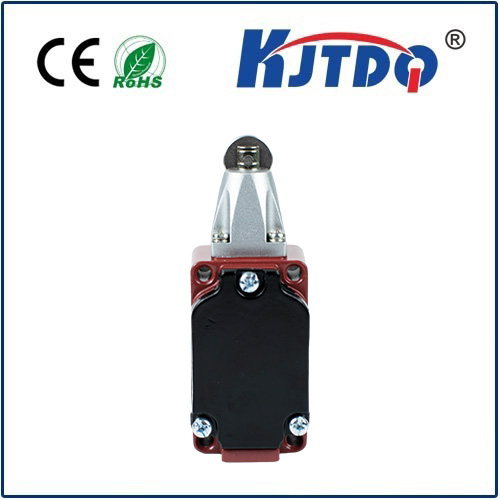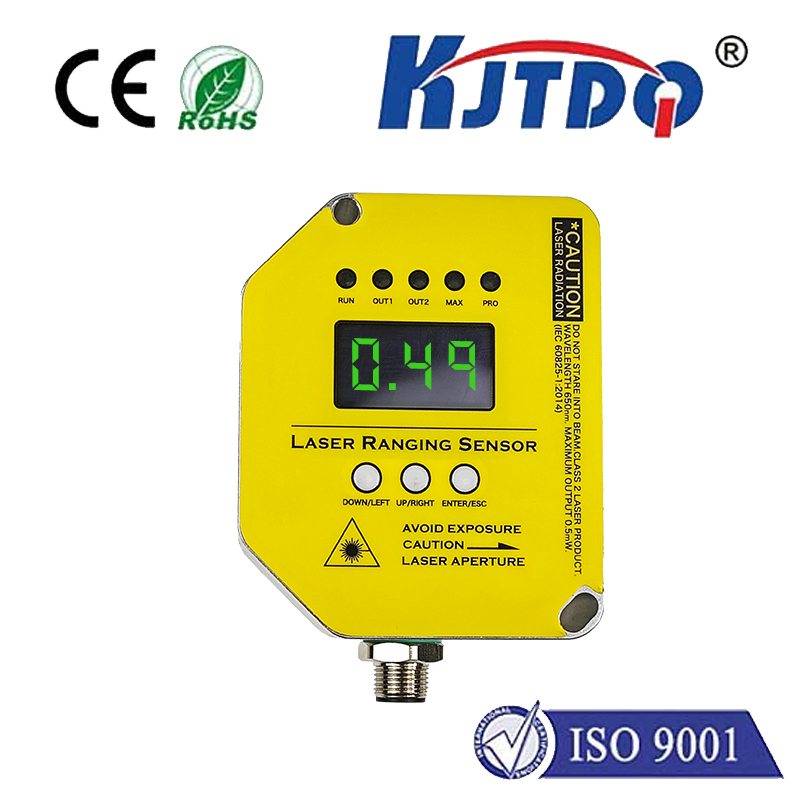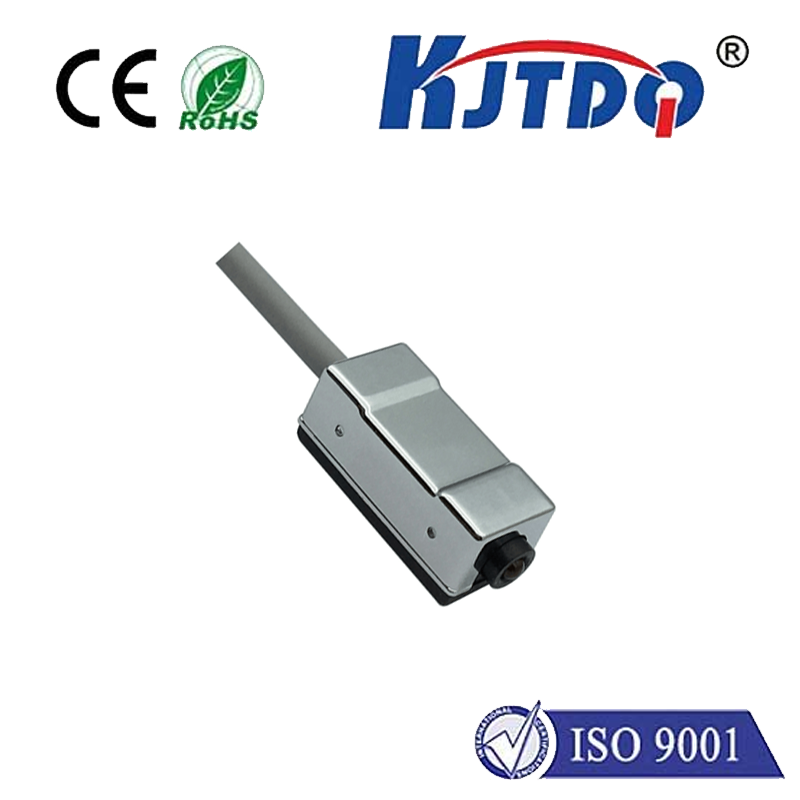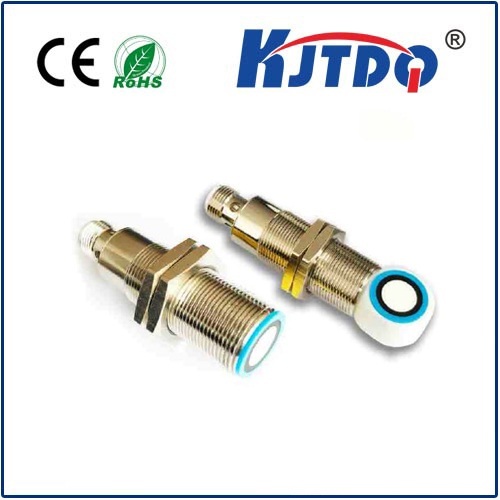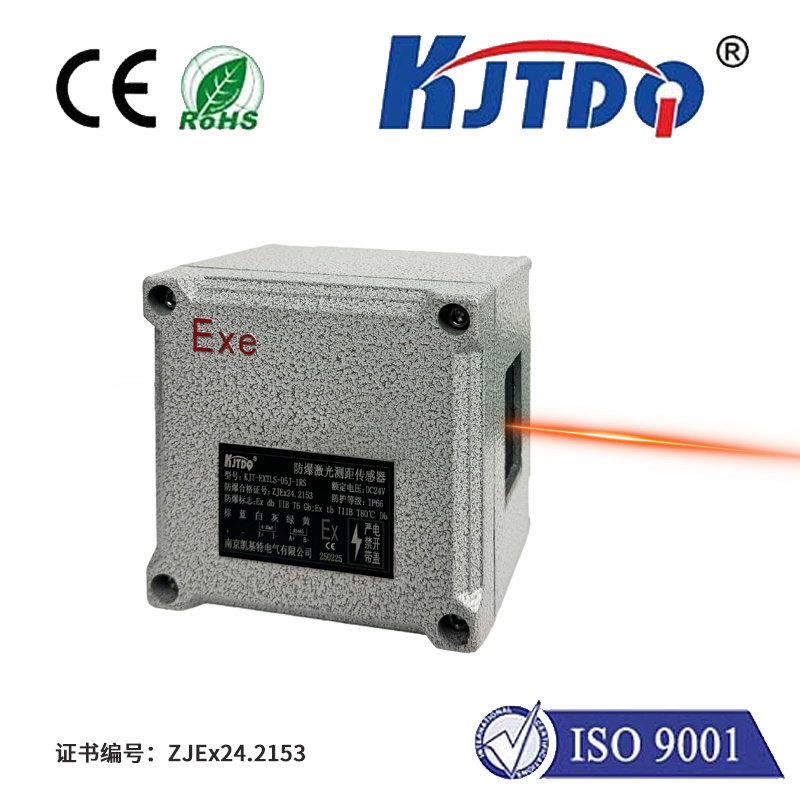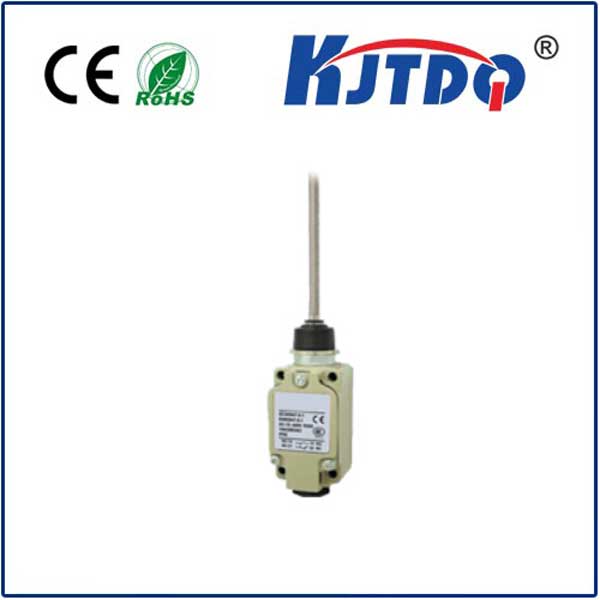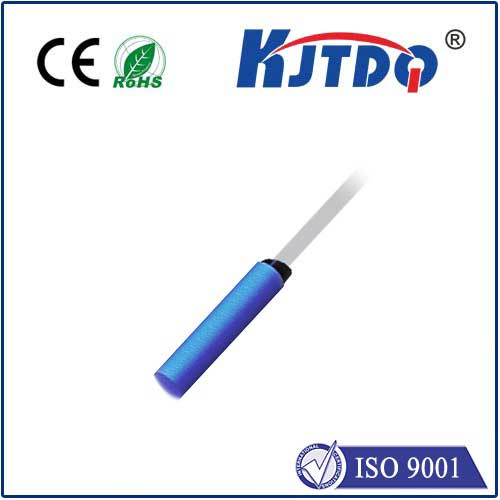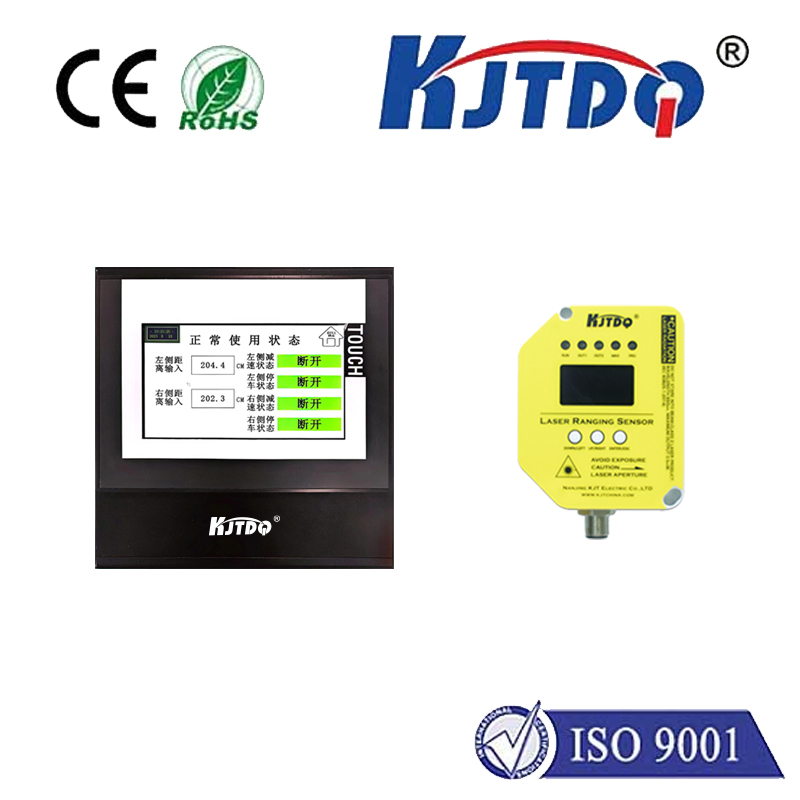

check

check

check

check
Imagine a factory floor humming with activity. Robotic arms swing, conveyor belts whir, and components fly into place. Amidst this orchestrated chaos, countless critical decisions happen in milliseconds, without a single touch. The unsung heroes enabling this precision? Inductive sensors. But what exactly can these ubiquitous devices sense? Understanding their fundamental detection principle unlocks their immense value in modern automation and beyond.
At its core, inductive sensing is a contactless marvel of electromagnetism. An inductive proximity sensor generates a high-frequency oscillating electromagnetic field at its active face. When a metallic object enters this field, it disrupts the field’s flow. Crucially, this disruption isn’t physical contact; it’s the invisible interaction between the sensor’s field and the electrical properties of the target material. Specifically, eddy currents are induced within the conductive metal, causing a measurable energy loss within the sensor’s internal oscillator circuit. The sensor’s electronics detect this energy shift and trigger a clean, binary output signal – typically a switch opening or closing. This entire process happens at lightning speed, making inductive sensors perfect for high-cycle applications.
So, the primary answer to “what can an inductive sensor sense?” is ferrous and non-ferrous metals. However, the type of metal significantly influences the sensor’s effective sensing range:

Crucially, inductive sensors cannot sense non-metallic objects. Materials like plastic, wood, paper, glass, liquids (unless containing conductive particles), or human skin are effectively invisible to a standard inductive sensor’s electromagnetic field. This inherent selectivity is actually a major advantage in many applications, ensuring the sensor only reacts to the intended metallic targets, ignoring surrounding non-metallic components or packaging.
This unique ability to sense metal presence, absence, or position without physical contact makes them indispensable across countless industries:
Why choose inductive sensing? The benefits are compelling:
Understanding the Limits: While incredibly versatile, it’s vital to remember their constraints. The sensing range is finite and depends heavily on the sensor’s size, design, and the target metal. Mounting them too close to each other or large metal structures (like machine frames) can cause interference or shielding. Furthermore, the target size and shape influence detection; very small targets might require specialized miniature sensors.
In essence, an inductive sensor acts as an invisible, electromagnetic sentinel. Its core capability is sensing the proximity of conductive metal targets, triggering an action based purely on the presence or absence of that metal within its defined field. This simple yet powerful principle underpins their critical role in creating smarter, faster, and more reliable automated systems. From ensuring a car door latch is engaged to counting thousands of widgets per minute, these robust sensors silently perform their detection duty, sensing the metal that makes modern manufacturing move.

